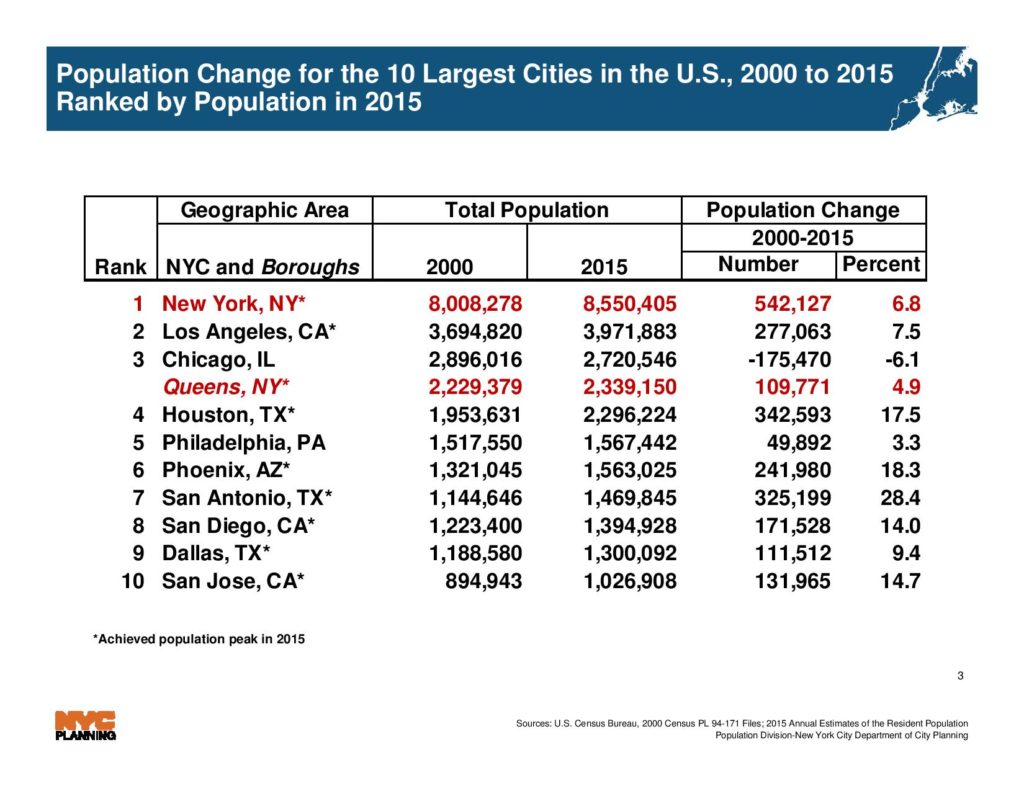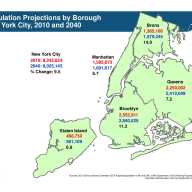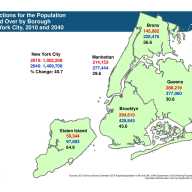The people who call Queens home are changing, but not in the way you might think.
It is no secret that Queens’ population is growing. According to the NYC Department of City Planning, Queens has added 109,771 new residents between 2000 and 2015, a 4.9 percent hike, for a total of 2,339,150 residents. This makes Queens the fourth largest city ranked by population in 2015, sitting behind Chicago, IL (2,720,546) and ahead of Houston, TX (2,296,224).

And that number is expected to continue to grow.
City Planning is projecting the borough’s population to balloon to 2,412,649 by 2040, for a 7.2 percent change since 2010.
As many neighborhoods across the “World’s Borough” are experiencing an injection of youth leading to increasing cases of gentrification, the population of Queens, however, is getting older.
Projections by City Planning see the number of Queens residents 65-years-old and older jumping to 377,060 by 2040, a 30.8 percent change from the 2010 figure of 288,219.
Queens is also continuing to hold its moniker as the “World’s Borough” as nearly half (47.9 percent) of Queens residents were foreign-born in 2015. According to City Planning, the 2015 U.S. Census placed the borough’s 1,120,095 foreign-born residents into 10 top countries of origin and an “Other” category.
The “Other” group had 39 percent of the foreign-born population, China — including the mainland, Hong Kong, and Taiwan — accounted for 14 percent, Guyana and Ecuador each had 7 percent, Mexico, the Dominican Republic, India, Colombia, and Bangladesh had 5 percent each, while Jamaica and Korea had 4 percent of the foreign-born population.
With rising rent and home prices, new residential towers being built seemingly every month, rising public transportation costs, and an increased cost of living, only time will tell what will become of Queens in the future.
All information provided by City Planning was gathered through Department of City Planning Population Division Website (www.nyc.gov/population), New York City Census FactFinder (www.nyc.gov/cff), and the Census Bureau Website (www.census.gov).

































